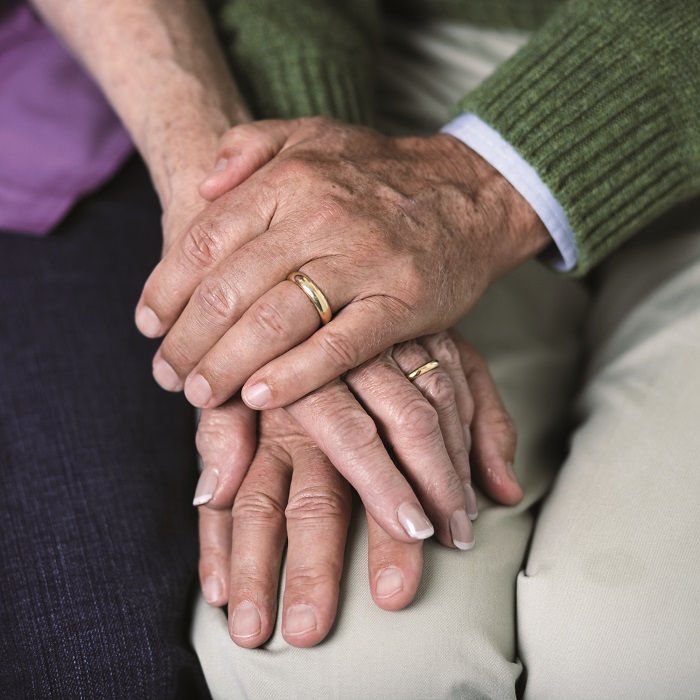Why a chaperone might be requested
The reasons for requesting a chaperone will differ slightly between patient and pharmacist, but a chaperone is requested during a consultation primarily to protect the safety of both parties.
Here are a few examples:
- To avoid the patient feeling uncomfortable about being in a consultation room alone with someone of the opposite gender
- To reduce the possibility of the patient being nervous about revealing intimate information about their medical condition or symptoms
- To provide reassurance to a patient who feels uncomfortable about physical contact.
- To witness that a patient understands what they have been told and have been given the opportunity to ask questions
- To observe procedures are followed correctly
- To ensure sexual boundaries are maintained
- To supervise vulnerable patients, e.g. under 16 years or those who have a mental disability
- To reassure the pharmacist if they are feeling intimidated by a patient, e.g. someone with a history of violent behaviour
- To provide protection to the pharmacist against unfounded allegations of improper behaviour
- Cultural and religious differences will often affect how comfortable people, particularly women, feel about examinations or consultations. The age of a patient may also play a part in whether a chaperone is requested or required. For example, a young adult or teenager may be inexperienced at seeking medical advice and therefore feel less anxious if there is a chaperone present, especially if the chaperone is someone known to them, for example a close friend or family member
- A chaperone being present doesn’t guarantee that the patient or pharmacist is protected from any allegations of inappropriateness arising or false allegations being raised. However, a chaperone can act as a witness to substantiate or counter an allegation

For most patients respect, explanation, consent and privacy take precedence over the need for a chaperone. The presence of a third party does not negate the need for adequate explanation and courtesy and cannot provide full assurance that the procedure or examination is conducted appropriately.
At the time of booking an appointment which involves a consultation, e.g. MUR, the chaperone policy should be explained to the patient and a chaperone offered.
It is also important that pharmacists and pharmacy staff explain clearly to patients, why:
- They may be required to go into the consultation room
- Intimate questions may be asked
- An examination is or may be required, and what this is likely to involve
At this stage it is also best practice to consider if the pharmacist may require access to a certain part of the body, for example, the upper arm for a flu vaccination or the lower leg to measure and fit compression hosiery. This should be explained to the patient and ask them to wear appropriate clothing to prevent any need to remove clothing, e.g. short sleeve shirt. This can help to avoid any embarrassment and the need for a chaperone as the patient is fully informed and prepared for the consultation.
Before a patient consultation or examination begins, consent must be sought from the patient to establish that they understand what is involved in the consultation and are happy to proceed. Also at this point patients should be offered the opportunity to have a chaperone present. The patient’s decision on whether they have a chaperone or not should be recorded, ideally in the patient medication record (PMR), along with the name of the chaperone, if applicable.
A patient should never be forced to accept a chaperone as some patients may require privacy or become embarrassed or anxious.
If a chaperone is requested by a patient or pharmacist and the other party refuses, or the person acting as the chaperone isn’t agreeable, then the pharmacist should make a professional decision on how to proceed. The options will vary depending on the patient and procedure. In some cases it may be that the pharmacist decides they cannot continue and will re-arrange the consultation to enable another pharmacist to carry out the procedure. In another case the pharmacist may decide the risk is negligible and proceed without a chaperone. Each case should be assessed on its individual merits, the final decision varying for each individual pharmacist.
